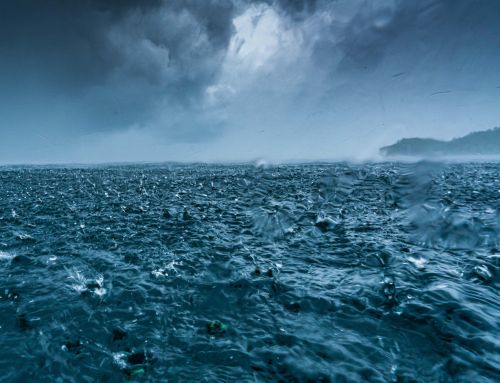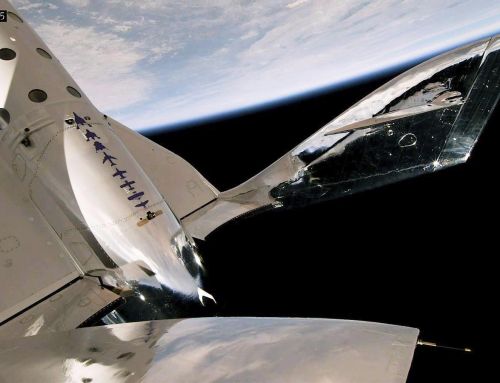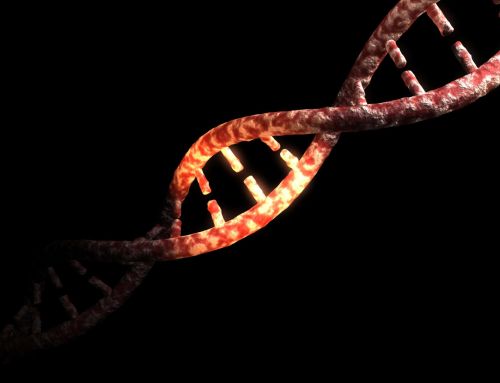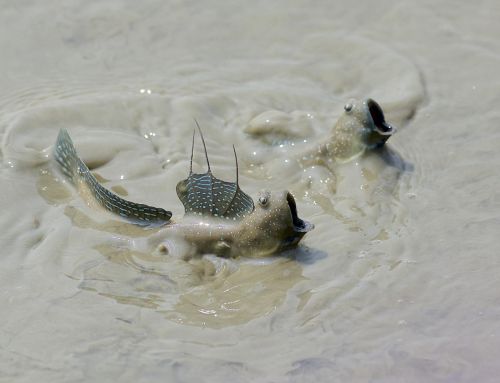A European spacecraft is about to embark on a 6.6 billion km journey to explore whether Jupiter’s ocean-bearing moons can support life.
The six-tonne probe, named Juice (Jupiter Icy Moons Explorer), will be heading towards the solar system’s biggest planet carrying 10 scientific instruments, in what is the European Space Agency’s (ESA) biggest deep-space mission yet.
Scientists in the UK have led the development of one instrument known as the magnetometer, which will help shed light on how Jupiter’s icy moons formed.
Dr Caroline Harper, head of space science at the UK Space Agency, which has invested £9 million in the mission, said: “Juice will take us to a part of the solar system that we know relatively little about, to study Jupiter, our largest planet, and to investigate whether some of its icy moons are home to conditions that could support life.”
Deciding to go to #Jupiter was one thing, but @ESA_JUICE designers faced sizzling radiation, just 3% of Earthly solar power, 10 instruments that must work together without interference & distances too far to send direct commands. So #ESATech pitched in: https://t.co/Lob97MyVPX pic.twitter.com/o0e86DukbL
— ESA Technology (@ESA_Tech) April 5, 2023
Due to launch on April 13 from the European Spaceport in Kourou, French Guiana, Juice will lift off onboard an Ariane 5 rocket at 1.15pm UK time, before separating from the rocket after about half an hour.
Once arriving at its destination eight years later, the spacecraft will spend at least three years making detailed studies of the planet and three of its largest moons, Ganymede, Europa and Callisto.
Engineers and mission controllers have a very short launch window to send the spacecraft on its journey.
This is because Venus and Earth need to be in the perfect position for Juice to perform a manoeuvre known as gravitational assist, where it will use the gravity of these planets to slingshot towards Jupiter.
Justin Byrne, head of science for Airbus and the mission’s lead contractor, said that despite having three-and-a-half tonnes of fuel, it is not enough for Juice to get to Jupiter directly.
He said: “We have to use planets – Earth and Venus – just to get to Jupiter.
“We will minimise the amount of fuel we need to use by using gravitational support.”
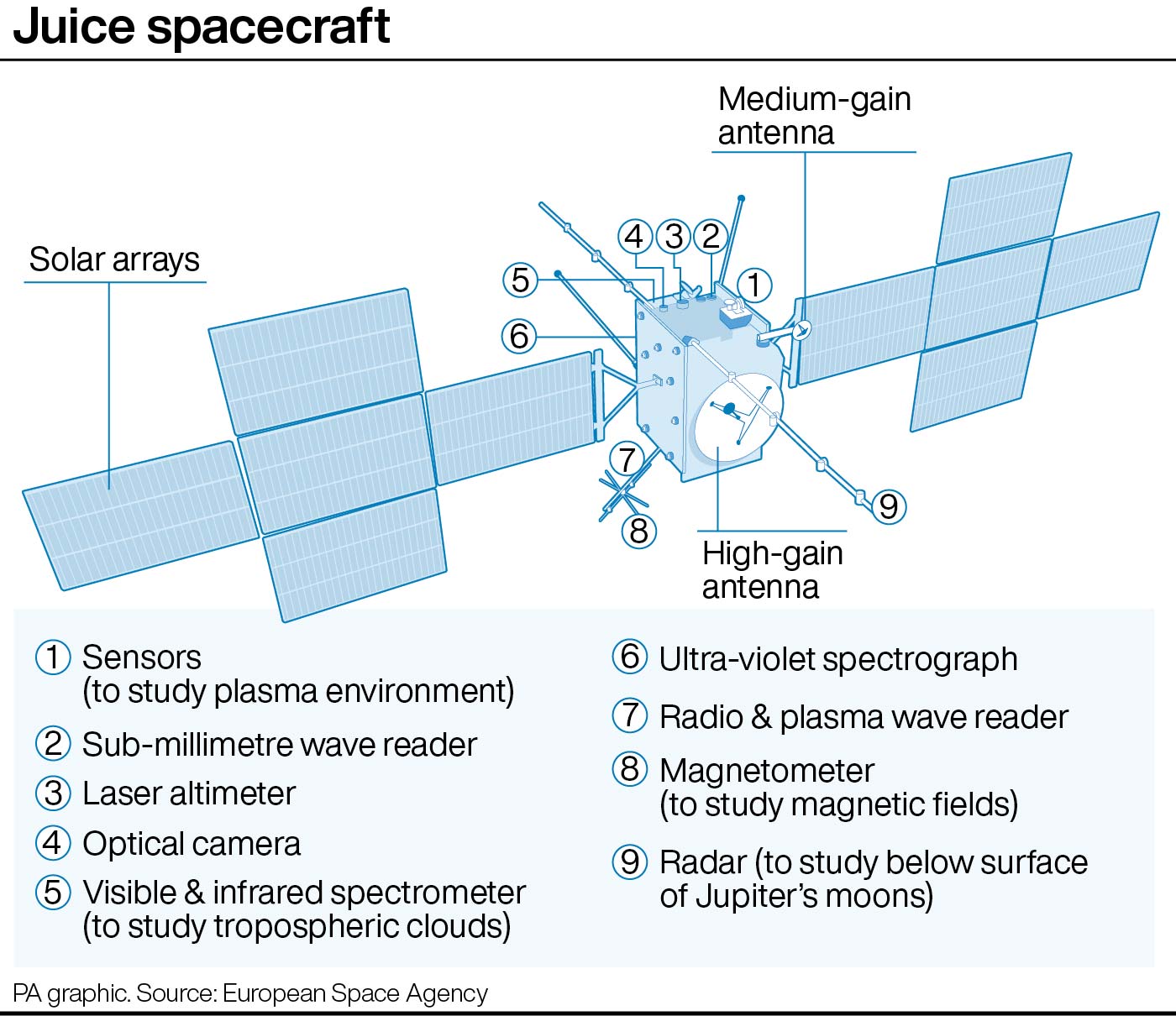
However, if the first window is missed Mr Byrne said there will be more opportunities in April, and then later in August.
Juice is not equipped to search for signs of life but its aim is to explore the conditions that could support life.
Beneath the ice crust of Europa is thought to lie a huge ocean of liquid water, containing twice as much water as Earth’s oceans combined.
But scientists are more interested in Ganymede, Jupiter’s largest moon which is thought to have a salty ocean beneath its icy shell.
One of Juice’s key goals is to explore this body of water and determine whether this world may be habitable.
Juice has been built to withstand harsh radiation and extreme conditions, ranging from 250C around Venus to minus 230C near Jupiter.
…before being gently lowered onto the top of the @Ariane5 rocket that will carry it into space 🚀 pic.twitter.com/hzeCpirPGm
— ESA’s Juice mission (@ESA_JUICE) April 5, 2023
Sensitive electronics are protected inside a pair of lead-lined vaults within the body of the spacecraft.
Scientists from Imperial College London have led the development of the magnetometer J-MAG, which will measure the characteristics of magnetic fields of Jupiter and Ganymede – the only moon known to produce its own magnetic field.
Data gathered from J-MAG will help characterise the depth and salt content of Ganymede’s ocean.
Professor Michele Dougherty, head of the Department of Physics at Imperial College London and principal investigator for the J-MAG instrument, said: “With our instrument’s measurements, we are almost looking inside these worlds.
“What we’re doing however is extremely difficult, as the signals we’re trying to detect are extremely small.
“It’s like trying to find lots of needles in a haystack, and those needles are changing shape and colour all the time.

“But we think the results are going to be spectacular.”
Juice will be joined by Nasa spacecraft Europa Clipper in its mission to explore Jupiter’s moons.
Although Juice and Europa Clipper have different priorities, there will be opportunities for the two to collaborate.
If all goes well, Juice should reach Jupiter in July 2031 and will have enough fuel to make 35 flybys of the icy moons before orbiting Ganymede from December 2034.
Once the spacecraft runs out of fuel, Juice will perform a controlled crash into Ganymede, marking the end of the £14 billion mission.

